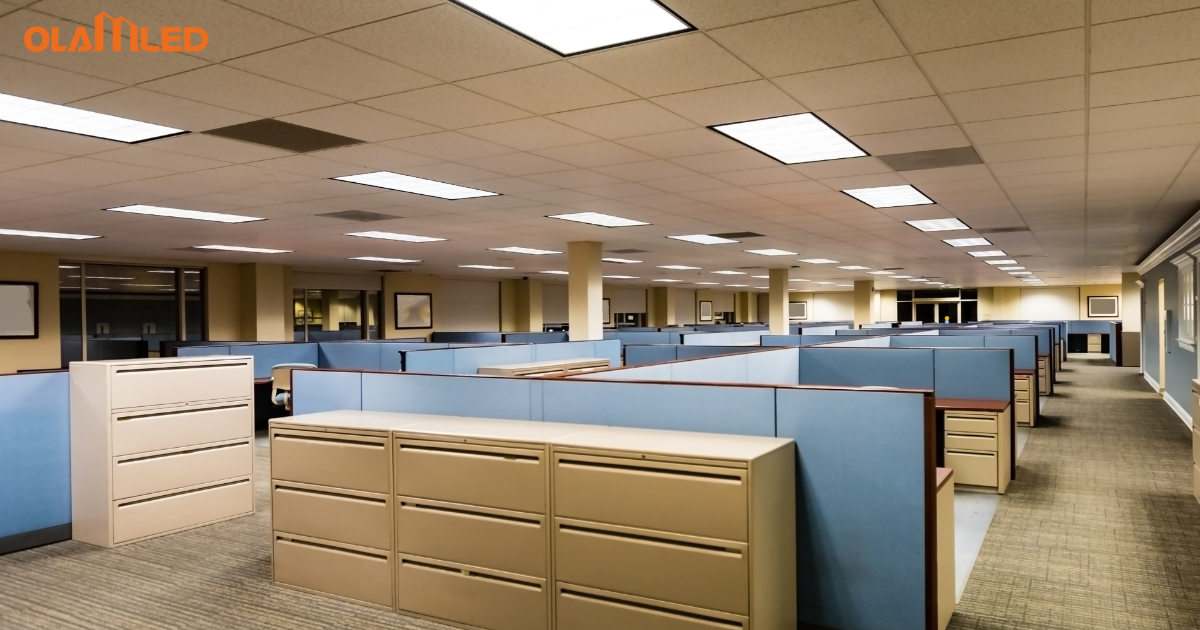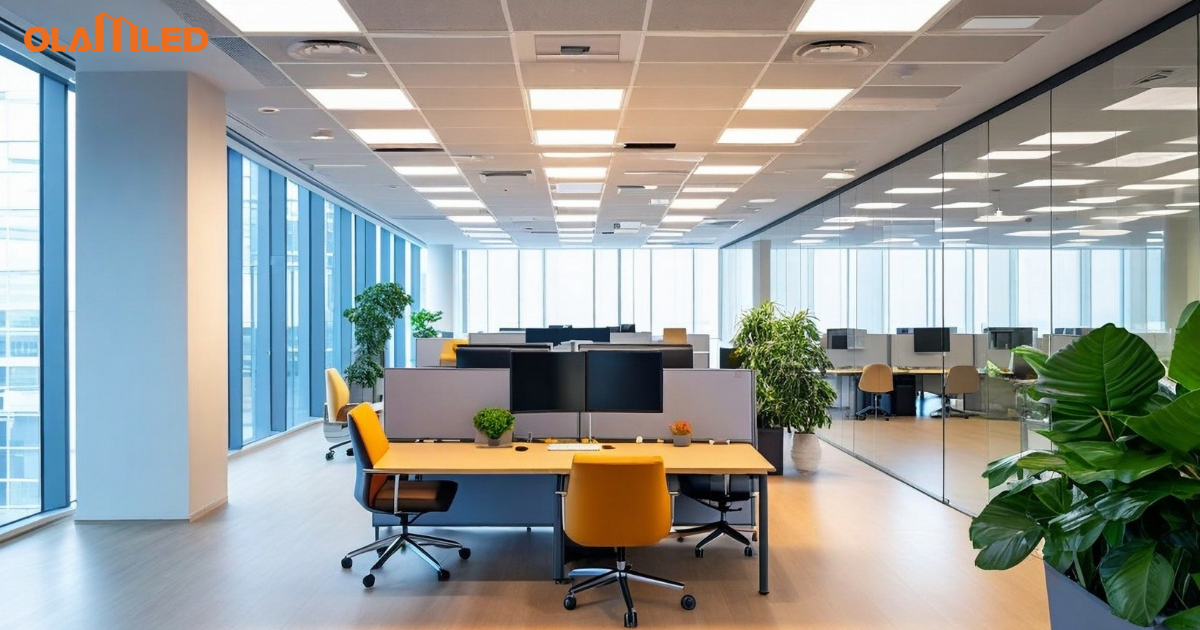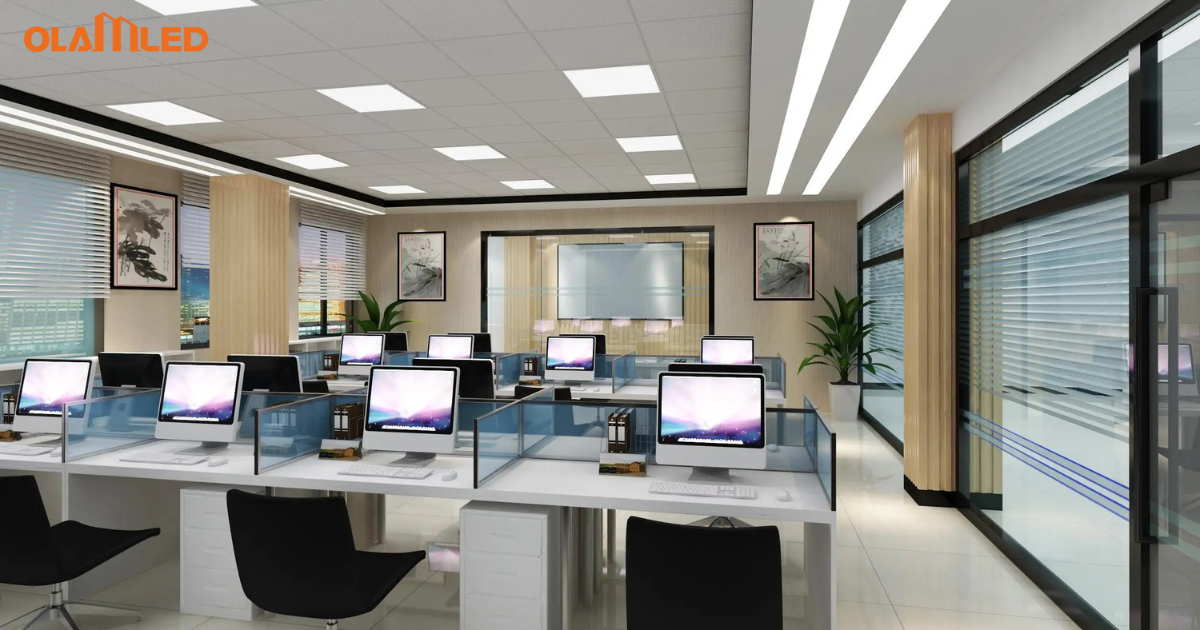Having been in the LED lighting industry for many years with a product focus squarely on commercial lighting, today I’d like to discuss some aspects of commercial illumination. I hope everyone can find some resonance with these insights.
I am Vicky Zhang, Co-Founder of Olam Lighting Shenzhen Co., Ltd.
Introduction
The journey of lighting technologies has been a transformative one, bearing witness to human innovation at every twist and turn. From the flickering flames of ancient oil lamps to the steady glow of incandescent bulbs, our pursuit of light has been constant and relentless. However, it was the dawn of the 20th century that truly marked a seismic shift in this narrative, heralding the inception of Light Emitting Diodes, or LEDs.
LEDs, tiny semiconductor devices that emit light when an electric current flows through them, initially found their application in small electronic devices, often as indicators. Their innate energy efficiency and longer lifespan compared to traditional lighting solutions were undeniable. Yet, it took several decades before their potential in broader applications was recognized.
By the turn of the millennium, advances in technology saw LEDs break barriers, both in terms of brightness and affordability. Their ascension was particularly noticeable in the commercial sector. Businesses, ever eager to reduce operational costs and enhance sustainability, saw LEDs not just as a lighting solution but as a strategic investment. This era was marked by rapid LED adoption, from towering skyscrapers to quaint cafes, signaling a new age in commercial illumination.
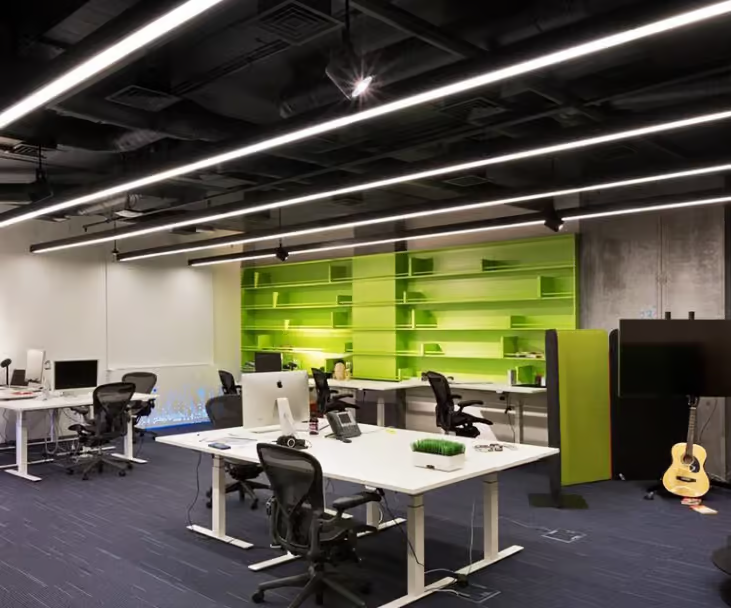
The Early Days of Commercial LED Lighting
In the beginning, commercial LED lighting was a concept laden with challenges. Cost was a primary deterrent; early LED solutions often came with hefty price tags, making businesses apprehensive about the return on their investment. But the cost wasn’t the sole obstacle. The early LEDs were often criticized for their limited brightness and a sometimes-cold, sterile light output, which wasn’t always suitable for every commercial setting.
Moreover, the lighting industry and consumers were deeply entrenched in traditional lighting paradigms. Convincing them to transition required more than just presenting an alternative; it necessitated a transformative shift in perception and understanding of what lighting could achieve.
In this landscape of skepticism and technical challenges, pioneering LED factories played a pivotal role. These trailblazers, equipped with a vision of the future, tirelessly innovated, enhancing the efficiency, brightness, and warmth of LED lights. Their persistent efforts in research and development, combined with rigorous marketing and education campaigns, gradually built trust within the commercial sector. By demonstrating the long-term benefits and cost-savings of LED technology, they laid the groundwork for the widespread adoption we witness today.
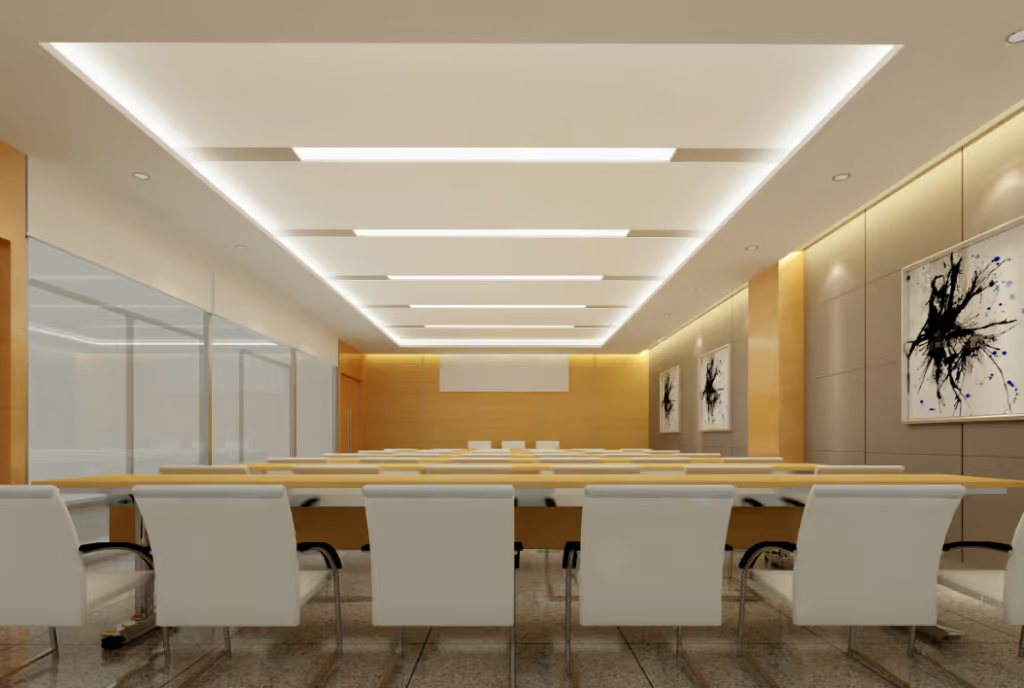
Innovations and Advancements
As LED technology matured, a series of remarkable innovations emerged, significantly altering the commercial lighting landscape. A primary focus was on elevating LED efficiency. Engineers and scientists delved deep, optimizing the diode structures and materials, resulting in LEDs that emitted more lumens per watt than ever before. This increase in brightness met and, in many cases, surpassed the output of traditional lighting solutions, making LEDs a top choice for a variety of commercial settings.
In tandem with efficiency improvements came the evolution of color tunability. No longer were businesses limited to the cold, bluish tinge associated with early LEDs. Advanced phosphor formulations and mixing of different LED colors allowed for a spectrum of hues, from warm yellows mimicking incandescent bulbs to cooler office-friendly whites. This spectrum broadened even further with the introduction of RGB LEDs, enabling virtually any color to be produced. These innovations were game-changers, especially in retail and hospitality sectors, where ambiance and mood play pivotal roles.
The technological advancements weren’t just about the light emitted; they also catered to the burgeoning era of connectivity. Smart lighting solutions emerged, allowing LEDs to be controlled remotely, integrated with other smart devices, or even programmed to adapt to natural daylight cycles.
While the technology surged ahead, a parallel narrative of accessibility was unfolding. Pioneering LED factories streamlined their production processes, adopted new manufacturing techniques, and benefitted from economies of scale. These efficiencies translated to reduced manufacturing costs, making LED solutions more affordable and accessible to a broader range of businesses and consumers.
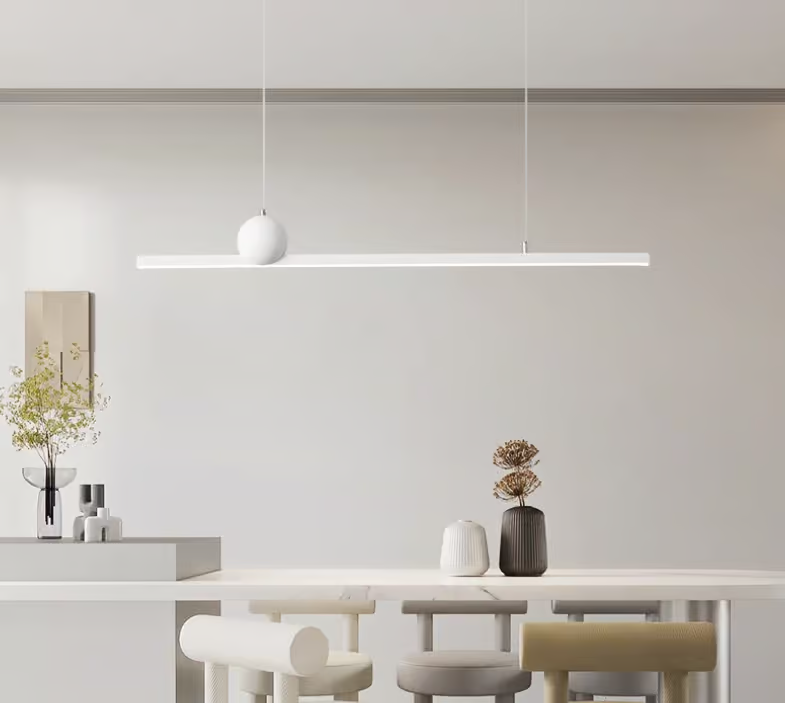
Impact on the Environment and Energy Consumption
The transformation of the lighting industry with the advent of LEDs has profound implications not only for businesses but also for our planet. When LEDs are compared to traditional lighting solutions, such as incandescent and fluorescent bulbs, the disparities in energy efficiency are striking. Traditional bulbs waste a significant amount of energy as heat. LEDs, on the other hand, convert a much higher percentage of electricity into light, making them vastly more efficient and leading to considerable energy savings.
This increased efficiency has a direct correlation with carbon footprints. Energy production, especially from non-renewable sources, is a primary contributor to global carbon emissions. As businesses and industries switch to LEDs, the aggregate reduction in energy consumption means fewer greenhouse gas emissions. This transition has been instrumental in mitigating the adverse effects of climate change and moving towards a more sustainable future.
Modern businesses are acutely aware of their environmental responsibilities. In an age where consumers are increasingly eco-conscious, sustainability is no longer a buzzword but a core business principle. LEDs, with their lower energy consumption and longer lifespans, are less taxing on resources and generate less waste in terms of frequent replacements. Thus, they seamlessly align with the narrative of sustainability that businesses today aspire to. Adopting LEDs is not just about reducing operational costs; it’s also a testament to a company’s commitment to environmental stewardship.
Modern Applications and Diverse Use-Cases
The versatility of LED technology has seen its adoption across a spectrum of commercial settings, each with unique requirements and challenges. In modern offices, LEDs have become the de facto lighting choice, given their ability to deliver consistent, eye-friendly illumination conducive to productivity. Their adjustable color temperatures can be tailored to enhance concentration during work hours and relaxation during breaks.
Retail spaces present a different canvas, where lighting plays a pivotal role in guiding customer experience. LEDs, with their color-tuning capabilities, can highlight products, create ambiance, and even influence purchasing decisions. From the soft, welcoming glow of a boutique to the bright, clean illumination of a supermarket aisle, LEDs have proven indispensable.
Outdoor commercial spaces, such as parking lots, facades, and signage, benefit immensely from LEDs’ durability and resistance to varying weather conditions. Their longevity ensures reduced maintenance and replacement intervals, essential for areas that require consistent lighting for safety and visibility.
Specialized environments, like art galleries, theaters, or medical facilities, have unique lighting demands. Here, LEDs shine with their ability to offer precision lighting—be it to accentuate the brush strokes of a painting, set the mood for a theatrical performance, or provide clear visibility during intricate medical procedures.
Beyond functionality, LEDs play a significant role in the aesthetic and design realms. Their compact size and flexibility have enabled designers to reimagine spaces, integrating lighting not just as an afterthought, but as an intrinsic element of architectural and interior design. From sleek and minimalistic fixtures to grand, luminous installations, LEDs have redefined how we perceive and craft commercial spaces.
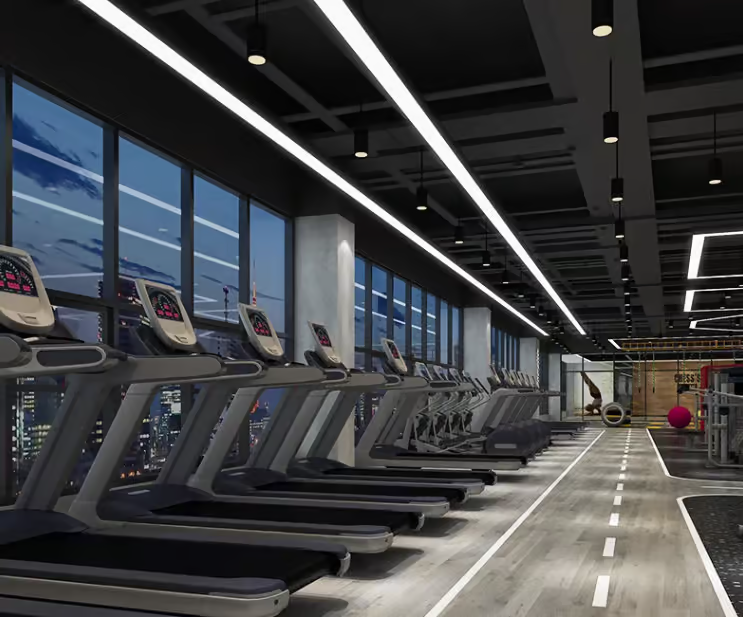
Challenges and the Road Ahead
Despite the profound impact and widespread adoption of LED technology, challenges remain. Some sectors, especially those with deeply ingrained infrastructures, find the transition to LEDs cost-intensive, especially in the short term. There are concerns about the initial capital investment required, even if long-term savings are evident. For historic or specialized environments, retrofitting with LEDs while maintaining the aesthetic or functional integrity can be a delicate balance.
Another barrier is the perception surrounding LED lighting. In certain regions or sectors, misinformation or lack of awareness about the full spectrum of LED benefits hinders its adoption. Addressing these misconceptions is crucial to increase the uptake.
Yet, the future for LED technology is nothing short of luminescent. With the rapid pace of technological advancements, LEDs are poised to become even more efficient, versatile, and affordable. The integration with the Internet of Things (IoT) offers intriguing prospects. Imagine lights that adjust based on occupants’ moods, sync with daily routines, or even communicate with other smart devices, optimizing energy consumption across an entire building or city!
Additionally, research is underway to develop LEDs with even longer lifespans, reducing waste and further minimizing their environmental impact. There’s also exciting potential in organic LEDs (OLEDs) and quantum dot LEDs, which could revolutionize displays and ambient lighting.
In the grand tapestry of lighting’s evolution, LEDs represent not just a chapter but an era, one that is still unfolding, promising innovations that will light up our world in ways we’ve yet to imagine.

OLAM Lighting A 14-Year LED Factory Perspective
When we embarked on our journey 14 years ago, the LED landscape was vastly different. As pioneers in the field, we navigated uncharted waters, fueled by a belief in the transformative potential of LED technology. Our factory’s walls resonate with stories of trials and triumphs, each echoing the passion and dedication of our team.
The initial years presented a steep learning curve. Breaking away from the traditional lighting paradigms, we grappled with technological constraints, market skepticism, and a myriad of manufacturing challenges. Yet, each obstacle also brought invaluable insights. We learned the importance of innovation, not just in product development but in fostering a culture of continuous learning and adaptation.
Our milestones are numerous. From producing our first commercially viable LED bulb to introducing advanced features like color tunability and smart integration, each achievement underscored our commitment to excellence. Collaborations with designers, architects, and businesses gave us unique perspectives, allowing us to tailor solutions that catered to diverse commercial needs.
However, our proudest moments aren’t just about product launches or sales figures. It’s the countless instances where our LEDs have illuminated spaces, enhancing ambiance, aiding productivity, and contributing to sustainability. It’s the relationships we’ve built with our clients, partners, and the communities we operate in.
Looking ahead, our vision is clear. We aim to remain at the forefront of LED innovation, integrating cutting-edge research with feedback from our vast clientele. As the world becomes more connected, we see a future where our LEDs aren’t just sources of light but integral components of smart, sustainable ecosystems.
In our 14-year journey, if there’s one lesson that stands out, it’s that perseverance, coupled with a commitment to quality and innovation, paves the path to success. As we move forward, this ethos will continue to guide our endeavors, ensuring we light up the world in the best way possible.
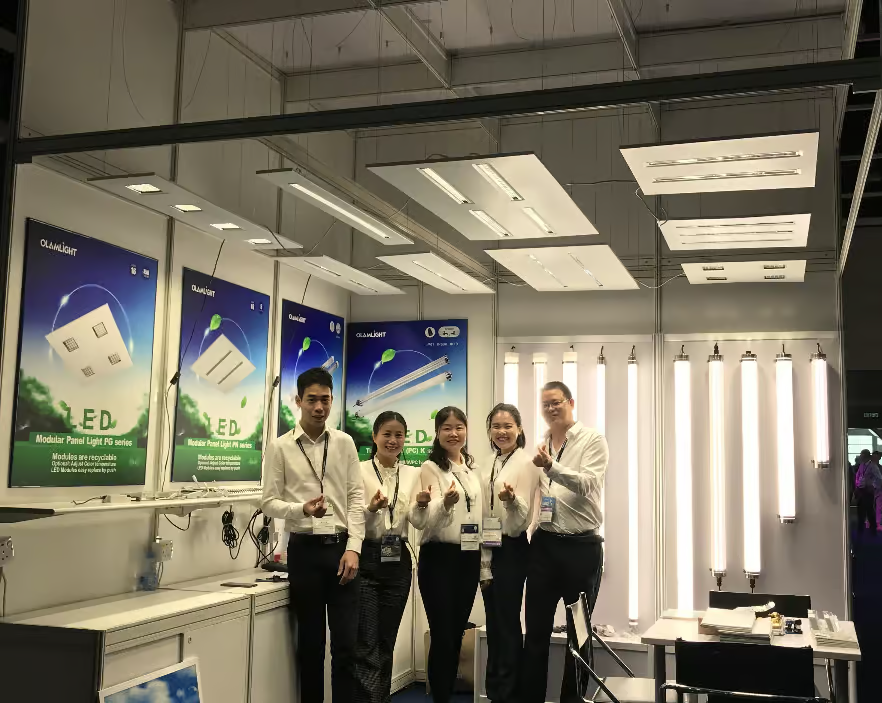
Conclusion
In the tapestry of commercial lighting’s evolution, the LED revolution stands out as a transformative epoch. Beyond just being an alternative to traditional lighting, LEDs have redefined how businesses perceive and employ illumination. Their energy efficiency, longevity, and versatility have catered not just to functional needs but also aesthetic aspirations. From the warm ambiance of hospitality venues to the precision lighting in medical facilities, LEDs have proven their mettle across varied commercial landscapes.
Yet, as profound as their impact has been, it is perhaps only the prologue to a more luminous narrative that awaits. As we stand on the cusp of further technological advancements, the next phase of LED commercial lighting beckons with even more promise. Innovations like integration with the Internet of Things, advances in organic LEDs, and further enhancements in energy efficiency paint a future where lighting does more than just illuminate – it communicates, adapts, and potentially even thinks.
For businesses, embracing this future is not just about staying updated; it’s about being a part of a sustainable and smart world. As we reflect on the journey thus far, one thing is clear: the horizon of LED commercial lighting is bright, and its potential is only limited by our imagination.

